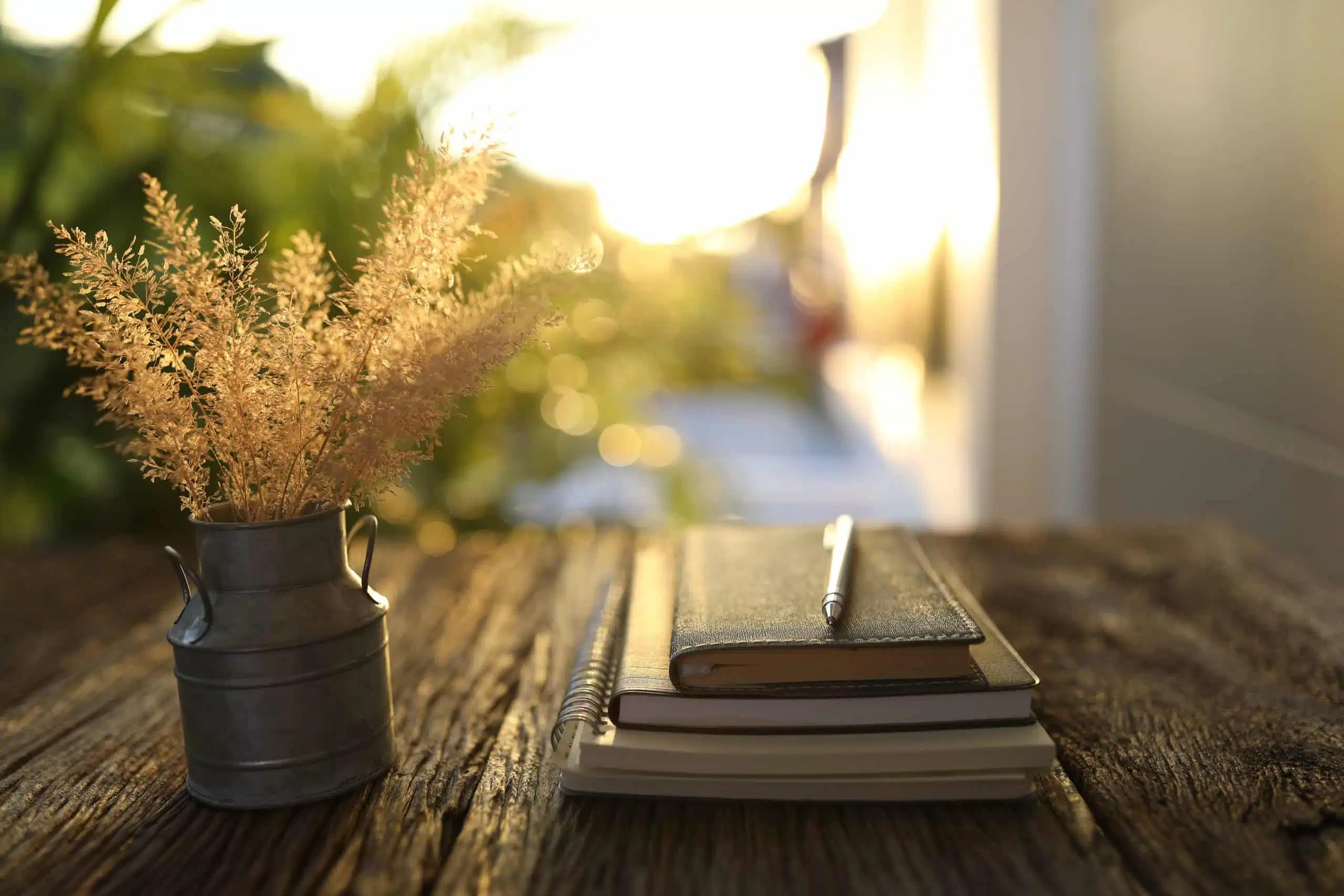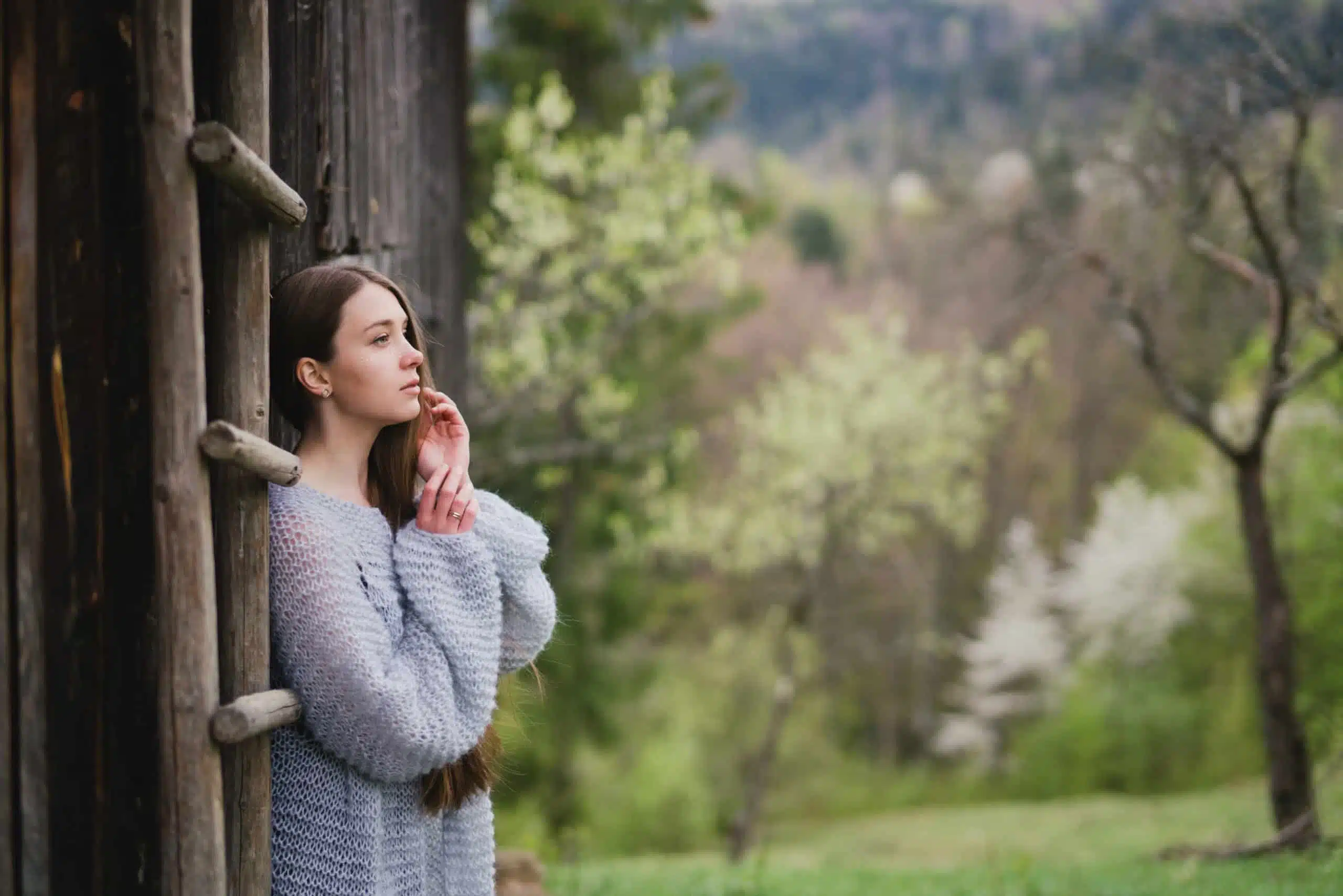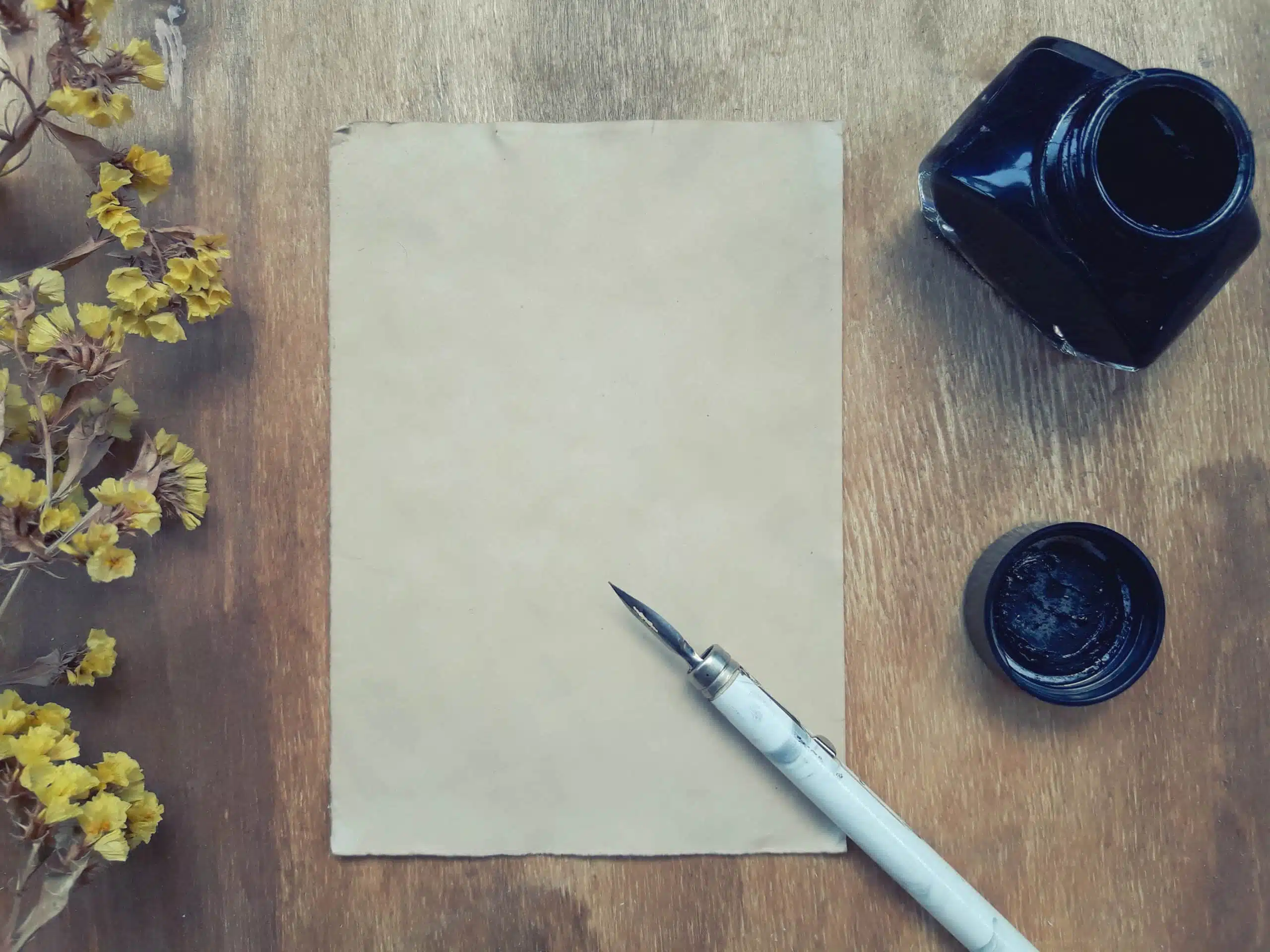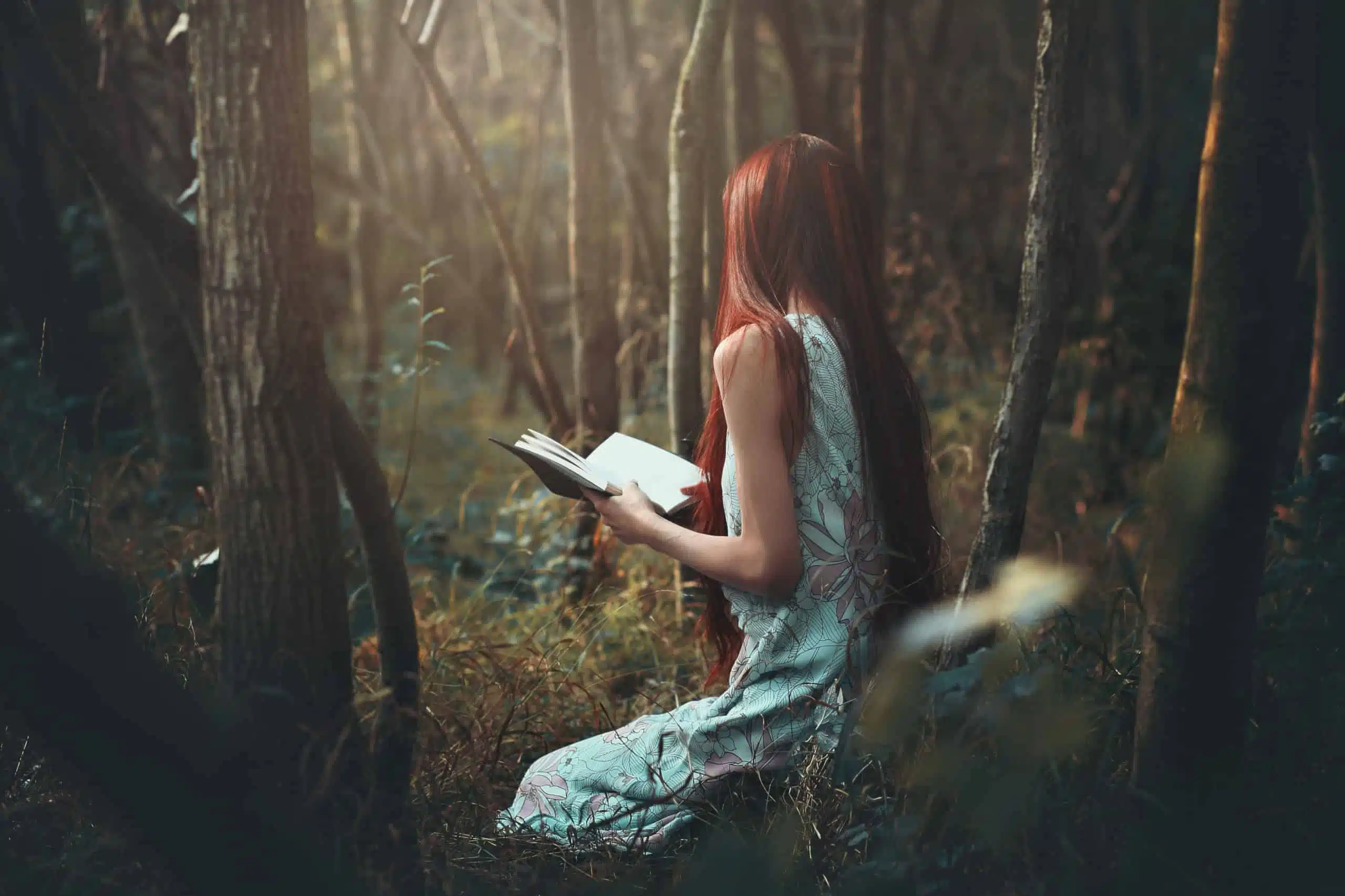Here’s what the Echo Verse poetry form is:
Echo verse is written by repeating the last sound of each line right after the line to literally produce an echo effect within the poem.
There are no other prerequisites and ways to write out the echo can vary, but it’s generally accepted that the form only achieves its full potential when read out loud.
So if you want to learn all about the Echo Verse poetry type, then you’ve come to the right place.
Let’s dive into it!
- Diminishing Hexaverse Poetry Form
- Allegorical Poetry Form: Veil Truth in Verse
- Sijo Poetry Form: Quench Mind’s Thirst
- Palindrome Poetry Form: Express Your Core
- Tautogram Poetry Form: Harbor Harmony’s Hush
- Nonet Poetry Form: Carve Beauty in Lines
- Contrapuntal Poetry Form: Echo Twin Realms
- Found Poetry Form: Discover Beauty in Scraps

Types of Poetry: Echo Verse

It’s honestly up in the air as to whether to call echo verse a type of poem or simply a technique, but it is generally treated as the former.
The echo verse follows an incredibly simple concept in which the last syllable of each line is repeated as an echo.
This generally requires the poem to be performed out loud to achieve the full effect.
Echo verse was rather popular in the 16th and 17th centuries and saw experimentation within other genres that were popular at the time (such as pastoral poetry).
It is generally treated as more of a novelty than anything else, though.
While it seems that echo verse was popular in multiple countries including English, France, and Italy, I was unable to trace it back to a specific original writer.
The concept of incorporating echoes into poetry likely predates the first popular poem to employ the technique anyway, given the inherently phonetic basis of poetry as an art form.
Basic Properties of Echo Verse

| Rhyme Structure | Optional |
| Meter | Optional |
| Origin | Unknown |
| Popularity | Generally treated as a novelty |
| Theme | Varies |
How Is Echo Verse Structured?

Echo verse is about as simple, structurally speaking, as a poem can conceivably be.
Each line is written as normal and then the last syllable is repeated.
The general idea behind the form is exactly what the name of the form makes it sound like: The last sound echoes.
There are various ways to mark out the echoes of the poem. You could write the echoed syllable on the same line:
I do not see the tree (tree)
but surely it will be (be)
wherever I can see (see)
a forest nearby me (me)
You could instead write the echo as its own line:
Below the bridge
bridge
I thought I heard
heard
Her final words
words
But then I thought
thought
Perhaps not
not
And how you punctuate it depends on preference:
In a quiet room; room
I sit beside myself; self
waiting here for you; you
Owing to its performative nature, the echo can also be written as a stage direction, though modern echo verse will usually be more likely to avoid this approach:
I hear me on the mountaintop
Echo: Top
From somewhere far away
Echo: Way

Note that an echo poem technically has no other structural principles that are mandatory.
Rhyme schemes and alliteration can be fun to play with, since the repetitions enhance the echo effect, but they are certainly not obligatory inclusions.
Take special note that only the last syllable is repeated, not the last word.
So if the last word of the line is proclamation, the echo would only recite ‘on’ as it’s the last syllable spoken.
You can generally decide for yourself if you will include all of the last syllable or just the very last sound.
“There” for example could either stay as ‘there’ or become ‘air’ depending on preference.
Example of an Echo Verse Poem

Find Me In
I cannot ever find
Find
the better part of me
Me
within the space within
In
each and every one of these
These
shapes and shades and lines
Lines
The above example gives echo verse a creative purpose.
The ending of each line is actually building a short sentence within the poem.
If you only read the echoes between the lines you find the phrase “find me in these lines” waiting for you.
This turns the poem into a game between the writer and the reader.
The title of the poem “Find Me In” even gives the reader a hint as to the rules of the game.
There are many ways to utilize echo verse to do something interesting, with this being a more unorthodox example.
As mentioned before, there is no set rhyme scheme, meter, or length, so you’re mostly free to explore the form as your own personal playground.
Tips for Writing Echo Verse

While echo can be an interesting technique to play with in general, it might be worth trying to write your poem so that it actually takes full advantage of what an echo poem could potentially do.
For starters, using other techniques that emphasize repetition, like a chorus or a rhyme scheme, can emphasize the echoes even further.
Another interesting application is to choose topics, themes, or settings that specifically go well with the idea of echoing.
If you reread the examples used for structure, you’ll notice that they lean toward contexts in which the echo feels like a performative extension of the poem.
Settings like mountaintops and deep forests work well, as do themes like loneliness and hearing.
By purposely using settings and themes in which the echo adds something meaningful, you raise the technique above novelty and into the realm of real-world application.
Another clever way to employ echo verse is to write it so that the echo actually answers the previous line in some meaningful way.
You do this by taking advantage of homophones or else words whose last syllable contains a different word.
Does she even know? No!
I only want to believe. Leave.
She knows what I intend. End.
And still will not hear. Here.

The above example shows a few ways to use the echo to ‘answer’ the main line.
The main lines when read alone sound like it’s just someone wanting to make a relationship work, but the endings add elements of dissent and finality.
You can get creative with how the last syllables add to your poem to create some really interesting juxtapositions, so make it a point to play around with these ideas in your own writing.
Ultimately, echo verse is just a fun interpretation of poetry’s roots as a sound-based medium.
Whatever you write, try to design it so that it works best when spoken out loud.
This is the best way to achieve your own worthwhile interpretation and it pays homage to the oral traditions that poetry traces its origins.
Poet’s Note

I don’t usually include so many examples strewn throughout these articles, but echo verse is actually very fun to play with, so I wanted to get that across.
Even if you only write it as a game, do give the technique a whirl.
You might be pleasantly surprised with how well it stokes your creative impulses.
Comprehensive Collection of Poetry Forms: Craft Words Into Art

Dare to traverse the entire spectrum of poetic forms, from the commonplace to the extraordinary?
Venture from the quintessential Sonnet to the elusive Mistress Bradstreet stanza, right through to the daunting complexity of Cro Cumaisc Etir Casbairdni Ocus Lethrannaigecht.
For those with a zeal to encounter the full breadth of poetry’s forms, this invitation is yours.
Start exploring the vast universe of poetic ingenuity with our comprehensive array of poetry forms right now!
- Diminishing Hexaverse Poetry Form
- Allegorical Poetry Form: Veil Truth in Verse
- Sijo Poetry Form: Quench Mind’s Thirst
- Palindrome Poetry Form: Express Your Core
- Tautogram Poetry Form: Harbor Harmony’s Hush
- Nonet Poetry Form: Carve Beauty in Lines
- Contrapuntal Poetry Form: Echo Twin Realms
- Found Poetry Form: Discover Beauty in Scraps
